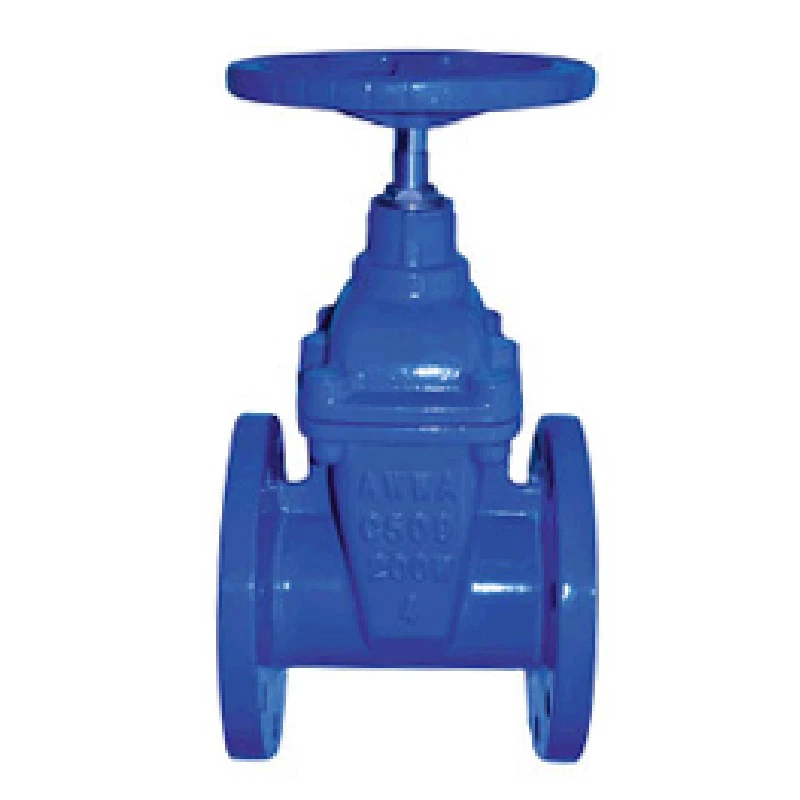10 月 . 17, 2024 06:58 Back to list
Hydraulic Control Valve Functionality and Applications in Fluid Power Systems
Understanding Hydraulic Control Valves Function, Types, and Applications
Hydraulic control valves play a crucial role in fluid power systems, which are essential in various industries such as manufacturing, construction, and automotive. These valves regulate the flow, pressure, and direction of hydraulic fluid within a system, ensuring that machinery operates efficiently and safely.
What is a Hydraulic Control Valve?
A hydraulic control valve is a mechanical device that manages the flow of hydraulic fluid by opening, closing, or partially obstructing pathways in the system. The primary function of these valves is to control the speed and force of hydraulic actuators, such as cylinders and motors, facilitating efficient and precise movement.
How Do Hydraulic Control Valves Work?
Hydraulic control valves operate based on specific principles of fluid dynamics and can be actuated manually, electrically, or hydraulically. When the valve is actuated, it alters the flow path of the hydraulic fluid, enabling precise control over the actuator's movement. Depending on the system’s design, the control valves can be configured to modulate flow rates, direct flow to multiple actuators, or relieve excess pressure to prevent system damage.
Types of Hydraulic Control Valves
1. Directional Control Valves These valves manage the direction of fluid flow in the system. They often come in various configurations, such as two-way, three-way, or four-way valves, allowing for control over different flow paths in hydraulic circuits.
2. Flow Control Valves These valves regulate the rate of fluid flow to an actuator. Using adjustable or fixed orifices, they can maintain a consistent flow rate regardless of changes in pressure, allowing for steady actuator operation.
hydraulic control valve

3. Pressure Control Valves These valves maintain system pressure by releasing excess fluid when pressure exceeds a pre-set level. Common types include relief valves, which prevent overpressure conditions, and reducing valves, which lower pressure to specific levels downstream.
4. Proportional Control Valves These advanced valves allow for variable flow control based on input signals, providing precise modulation of hydraulic flow and pressure in response to real-time demands of the system.
Applications of Hydraulic Control Valves
Hydraulic control valves are integral to many applications across industries. In construction, for instance, they are essential in controlling excavators, bulldozers, and other heavy machinery. The precise regulation of hydraulic fluid allows operators to perform tasks with accuracy and safety.
In the manufacturing sector, hydraulic control valves contribute to automation systems, CNC machines, and assembly lines. They enable controlled movements of robotic arms and other machinery, enhancing productivity and ensuring consistent product quality.
The automotive industry also utilizes hydraulic control valves in braking systems and power steering. These valves provide critical feedback and maintain safe operating conditions, contributing to overall vehicle performance.
Conclusion
Hydraulic control valves are vital components in the realm of hydraulic systems, offering control over flow, pressure, and direction of hydraulic fluid. Their diverse types and applications underline their importance in various fields, from construction to manufacturing and automotive. As technology continues to evolve, the functionality and efficiency of hydraulic control valves will only enhance, driving innovations in fluid power systems and operational capabilities across multiple industries. Understanding their role can lead to better designs, enhanced efficiency, and improved safety in hydraulic applications.
Share
-
Understanding the Differences Between Wafer Type Butterfly Valve and Lugged Butterfly ValveNewsOct.25,2024
-
The Efficiency of Wafer Type Butterfly Valve and Lugged Butterfly ValveNewsOct.25,2024
-
The Ultimate Guide to Industrial Swing Check Valve: Performance, Installation, and MaintenanceNewsOct.25,2024
-
Superior Performance with Industrial Swing Check Valve: The Essential Valve for Any SystemNewsOct.25,2024
-
Industrial Swing Check Valve: The Ideal Solution for Flow ControlNewsOct.25,2024
-
You Need to Know About Industrial Swing Check Valve: Functionality, Scope, and PerformanceNewsOct.25,2024